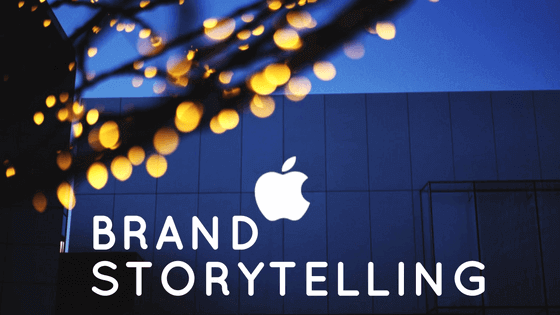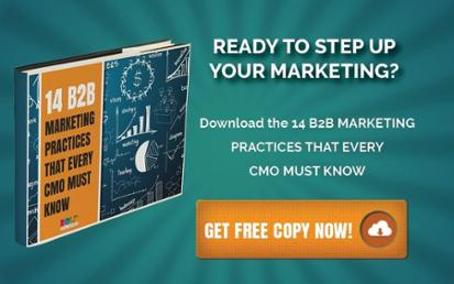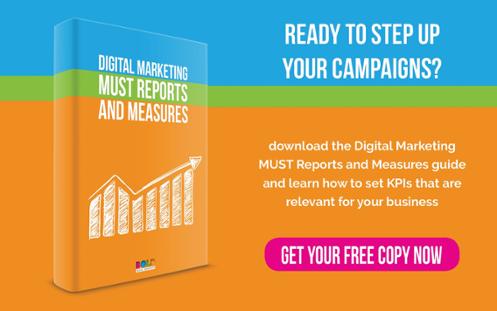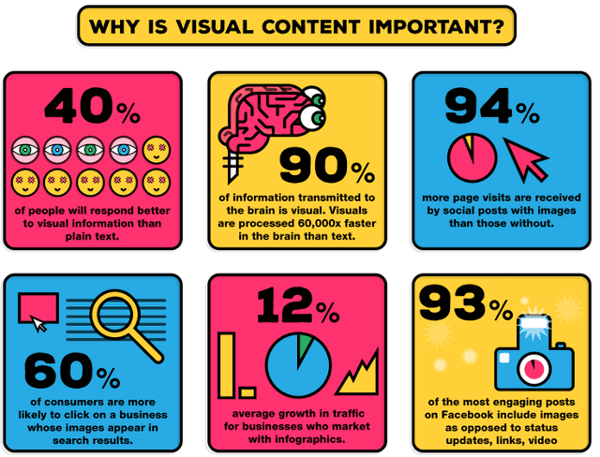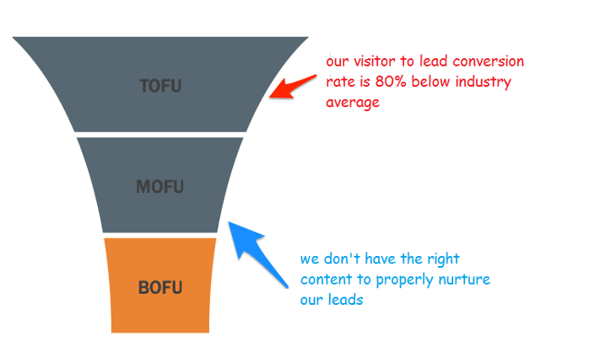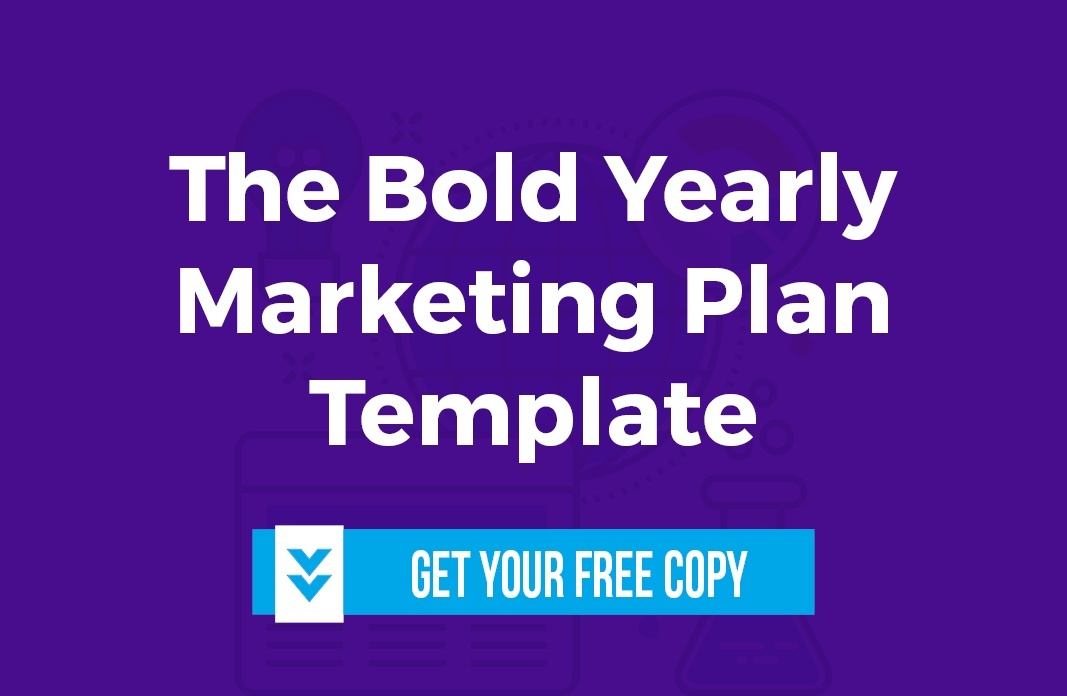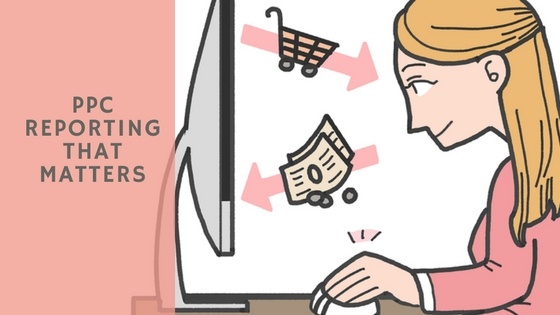John Doe
Architect & Engineer
We love that guy

Introduction – 6 Pro Ways to use Twitter for B2B Marketing
As a marketer, you know the importance of channelling your marketing throughout different social media networks in order to lead people to your website and through your marketing funnel down the buyer’s journey.
When it comes to social networks, B2B businesses tend to focus on LinkedIn and overlook Twitter. Yet Twitter is one handy tool that needs to be taken into consideration for your B2B purposes.
Although Twitter is widely used for personal accounts, it can have enormous advantages when it comes to B2B marketing. FollowingTwitter’s latest update, you can now tweet longer messages, add useful content images and engage in richer conversations with your targeted audience and therefore build your brand and generate leads. Take advantage of it.
Twitter is an extremely powerful tool for every CMO in the B2B field, it offers a wide range of advantages, such as real-time communication with your customers, providing customer service, connecting with other businesses and industry leaders (and learning from them!), positioning your brand as an industry expert and strengthening your offsite SEO.
This post will teach you 6 pro ways to use Twitter for B2B.
1. Find and interact with the right people
As a business, as awesome as he may be, it wouldn’t be very helpful if you followed Shia LaBeouf.
For B2B marketing, the focus lies on interacting with your target audience.
There are around 300 Million+ Twitter accounts globally, and thousands, if not millions of people out there are actively tweeting and posting. As a marketer, it’s important be proactive and reach out to those people who potentially want the product or service your company offers.
So, who should you follow?
- People and businesses in your industry, particularly those who are considered as leaders or experts in their fields.
- Your competitors, peers and partners.
- your own clients and prospects
The first steps are the hardest. But don’t forget, even Rome wasn’t built in one day. So be patient. If you want people to follow you back, it is of great importance that you engage with them. In any social platform communication is the key – and that applies to Twitter just as any. Tweet at your targeted audience, retweet their tweets and content, and you have a high chance of getting on their radar and for them to return the favour. It’s always worth a try, and you might be surprised who will follow you back at the end of the day.
2. Post during relevant hours
According to an analysis conducted by CoSchedule, the perfect time to schedule your tweets is during business hours. The best times to tweet are during lunch hours where prospects have spare time to check their social accounts. You can also schedule your tweets after 5 or 6 pm when people leave work and have time to check out their Twitter feed.
3. Don’t just tweet – post rich and engaging content
No one wants to hear what the weather’s outside your office – that’s boring. Understand your buyer personas and communicate in their language. Always keep in mind that even though you use Twitter as a B2B marketing channel, there’s always a human sitting behind the desk reading and writing tweets.
The most important aspect of (re-)tweeting of rich and engaging contents is that you know your target audience by heart. Look out for what they are tweeting, what they are looking for and what they need. Your targeted audience might be posting about their needs – be on the lookout.
Things to consider:
- If your company offers eBooks, white papers, cheat sheets, etc., make sure to promote them on Twitter and always point out what your potential customers can gain from looking at your content.
- Links to your website and/or your blog – links aren’t counted towards the restriction of the 140 characters
- Links to interesting articles about your industry, business or anything that might interest your targeted audience
- Visuals – a picture is worth a thousand words and that’s way more than 140 characters. Look how SAP made a semi dull tweet come to life with an image:

Retweet and share content of the people you follow. That might not only make them follow you back, but it is an easy way to generate relevant content and keep your account alive.
4. Send personal messages
If you’ve researched well enough and found your target audience on Twitter, reach out to them by personal messages and engage in conversation. Don’t interrupt and don’t make it all about you. Always consider what might interest them and how you could help them out and add value.
5. #HashtagsAreYourBestFriend
The most common and most effective way to be seen by others is to use hashtags in your posts. Always make sure they are relevant and not just nonsense.
Twitter lists and organises their topics by using hashtags, so this is a great way of making your content stand out and making it easier for others to see it.
6. Last but not least – tweak your twitter profile
A standard, boring Twitter brand profile does not really encourage others trust you. So make sure you have a profile that people will find interesting and professional.
Always include:
- Your bio: be clear on why your business is doing what it is doing, how your business can help others, and what your business offers. Pro tip: since Twitter bios are searchable, include relevant keywords.
- Profile Picture: In most cases, the company logo is the perfect profile picture.
- Location: Let your followers know where your business is located.
- Link to your website: Always make it easy to find your website.
Conclusion
If you haven’t used Twitter as B2B marketing channel, it’s time to make use of it! Use this powerful tool to strengthen your brand.
Always make sure to create useful and engaging content. Make yourself stand out by using this microblogging service. Always keep in mind the great advantages Twitter has to offer. Twitter is another platform to communicate with your partners, clients and prospects. Focus on your overall content and lead generation strategies and repackage them for Twitter
Lastly, make your account easy to be found by placing a Twitter follow button on your website, email signature and blog.
Happy tweeting!
If you find this useful, you’re invited to download our B2B Marketing Best Practices that Every CMO Must Know Ebook. Get your FREE copy now ==>



